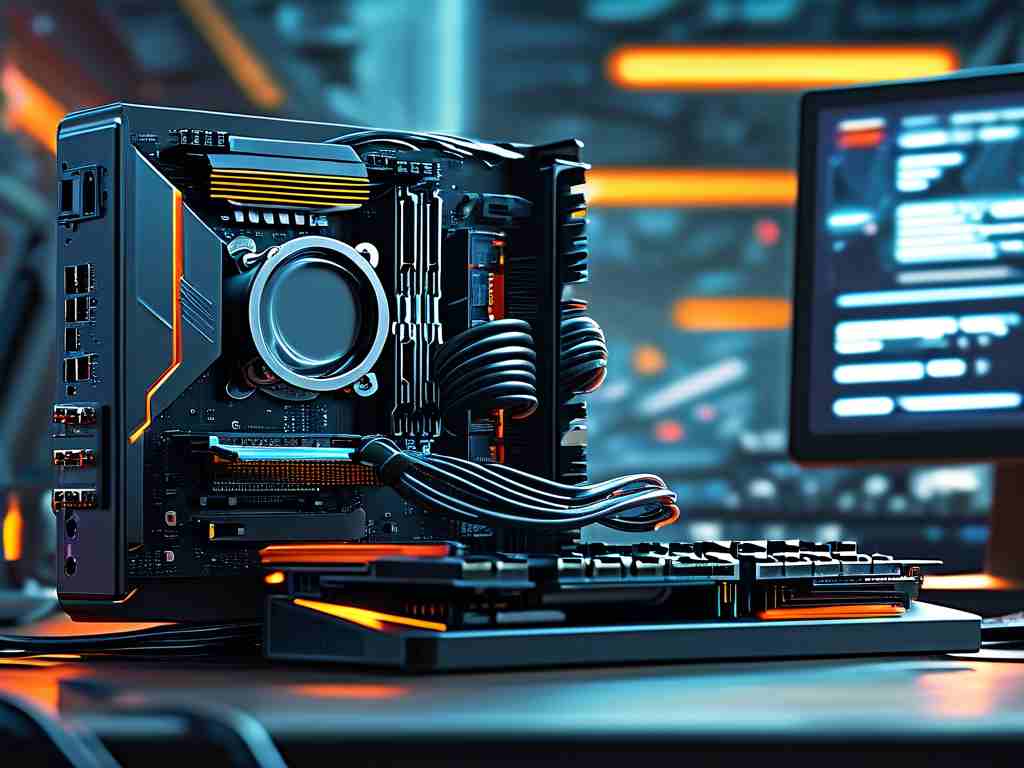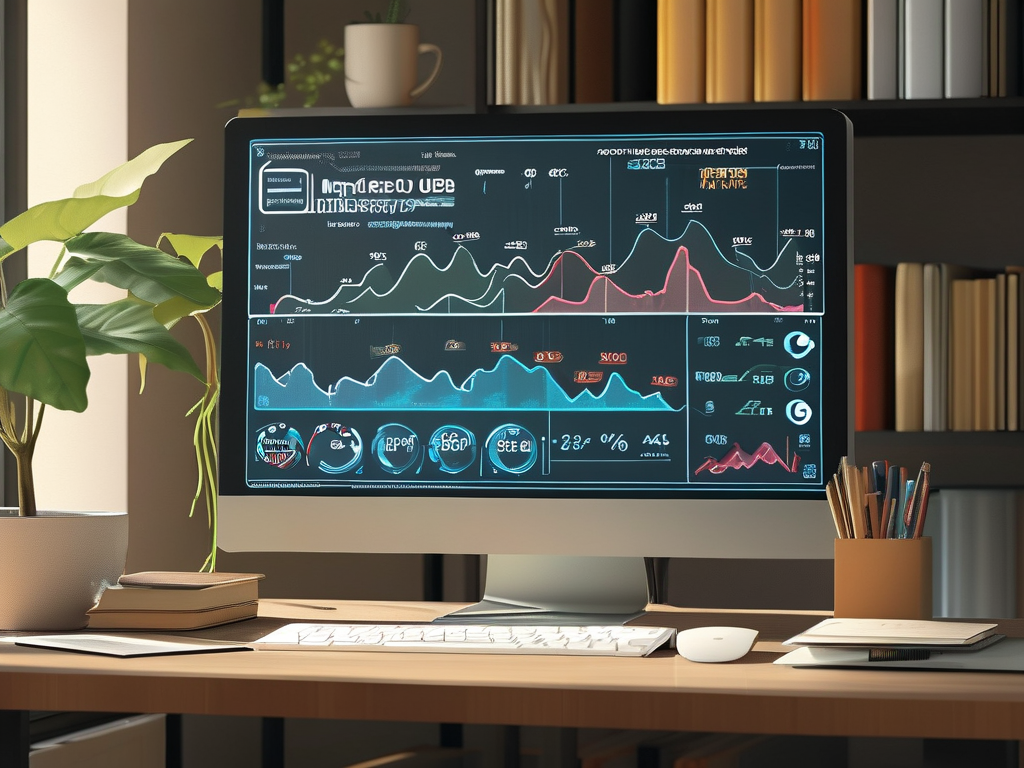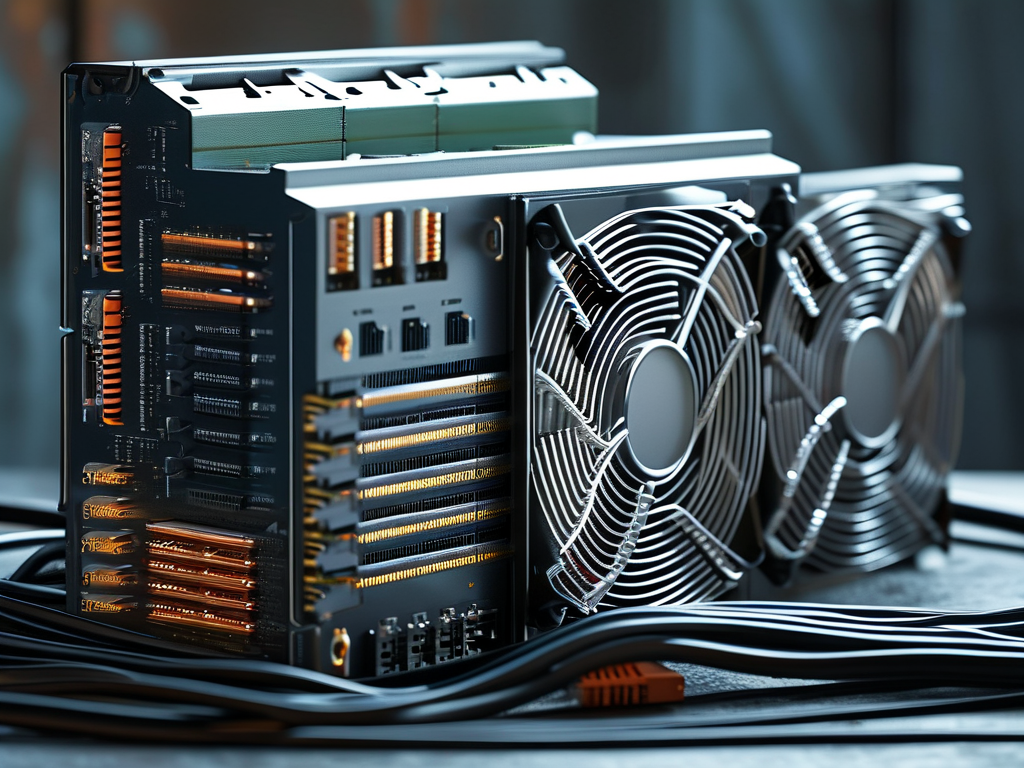As artificial intelligence (AI) and machine learning (ML) evolve, the concept of Algorithmic Learning (AL) computing has emerged as a specialized field requiring precise hardware configurations. Among these, memory allocation remains a critical yet often underestimated factor. This article explores the memory demands of AL-based systems, offering practical insights for developers and enterprises.

Understanding AL Workload Characteristics
AL computing typically involves iterative data processing, pattern recognition, and adaptive decision-making algorithms. Unlike traditional computing models, AL systems frequently handle dynamic datasets where input sizes fluctuate unpredictably. A neural network training session for real-time language translation, for instance, may require 12-24GB of RAM just for intermediate tensor storage.
Memory consumption directly correlates with three primary factors:
- Model complexity (layers/parameters in neural networks)
- Batch processing scale
- Concurrent task management
Recent benchmarks show a ResNet-152 model processing 4K image batches consumes 9.3GB RAM, while simpler logistic regression models may operate within 500MB. However, these figures exclude auxiliary memory needs for data preprocessing pipelines or error-correction subsystems.
Hidden Memory Costs in AL Operations
Developers often overlook memory fragmentation and framework overhead. Popular AL libraries like TensorFlow and PyTorch add 300-800MB baseline memory usage before executing any custom code. Containerized deployments (Docker/Kubernetes) further inflate requirements by 15-20% due to virtualization layers.
A case study of an AL-driven supply chain optimization system revealed:
- 6.8GB for core algorithms
- 2.1GB for real-time data ingestion
- 1.3GB for visualization dashboards
Total memory allocation needed to reach 10.2GB despite individual component estimates suggesting 8GB sufficiency.
Optimization Techniques
Memory-aware programming patterns can reduce requirements by 30-40%:
# Example of memory-efficient batch processing
from tensorflow.data import Dataset
def optimize_pipeline():
dataset = Dataset.from_generator(data_source)
dataset = dataset.batch(32, drop_remainder=True)
dataset = dataset.prefetch(tf.data.AUTOTUNE)
return dataset
Quantization techniques and pruning redundant neural network nodes show particular promise. A 2023 study demonstrated that 8-bit quantization of AL models reduces memory footprints by 4× with <2% accuracy loss.
Industry-Specific Requirements
- Healthcare diagnostics AL: Minimum 64GB RAM for 3D medical imaging
- Financial fraud detection: 32GB RAM for real-time transaction streams
- IoT edge devices: 2-4GB RAM using compressed AL frameworks like TensorFlow Lite
Cloud providers now offer AL-optimized instances featuring 1TB+ RAM configurations. AWS’s P4d instances provide 320GB RAM specifically for large-language model training, reflecting growing commercial demand.
Future Trends
The emergence of neuromorphic computing architectures may revolutionize AL memory needs. Early prototypes from Intel Labs show 28% reduced memory usage through event-based processing models. However, mainstream adoption remains 5-7 years away according to industry analysts.
For organizations implementing AL solutions, continuous memory monitoring proves crucial. Tools like NVIDIA’s DCGM and open-source alternatives (Prometheus/Grafana stacks) enable real-time tracking of page faults, swap usage, and cache efficiency.
In , AL computing memory requirements extend far beyond simple model parameter calculations. A holistic approach considering operational workflows, framework choices, and scalability needs ensures successful deployments. As AL algorithms grow more sophisticated, memory optimization will increasingly separate competitive implementations from resource-constrained failures.









